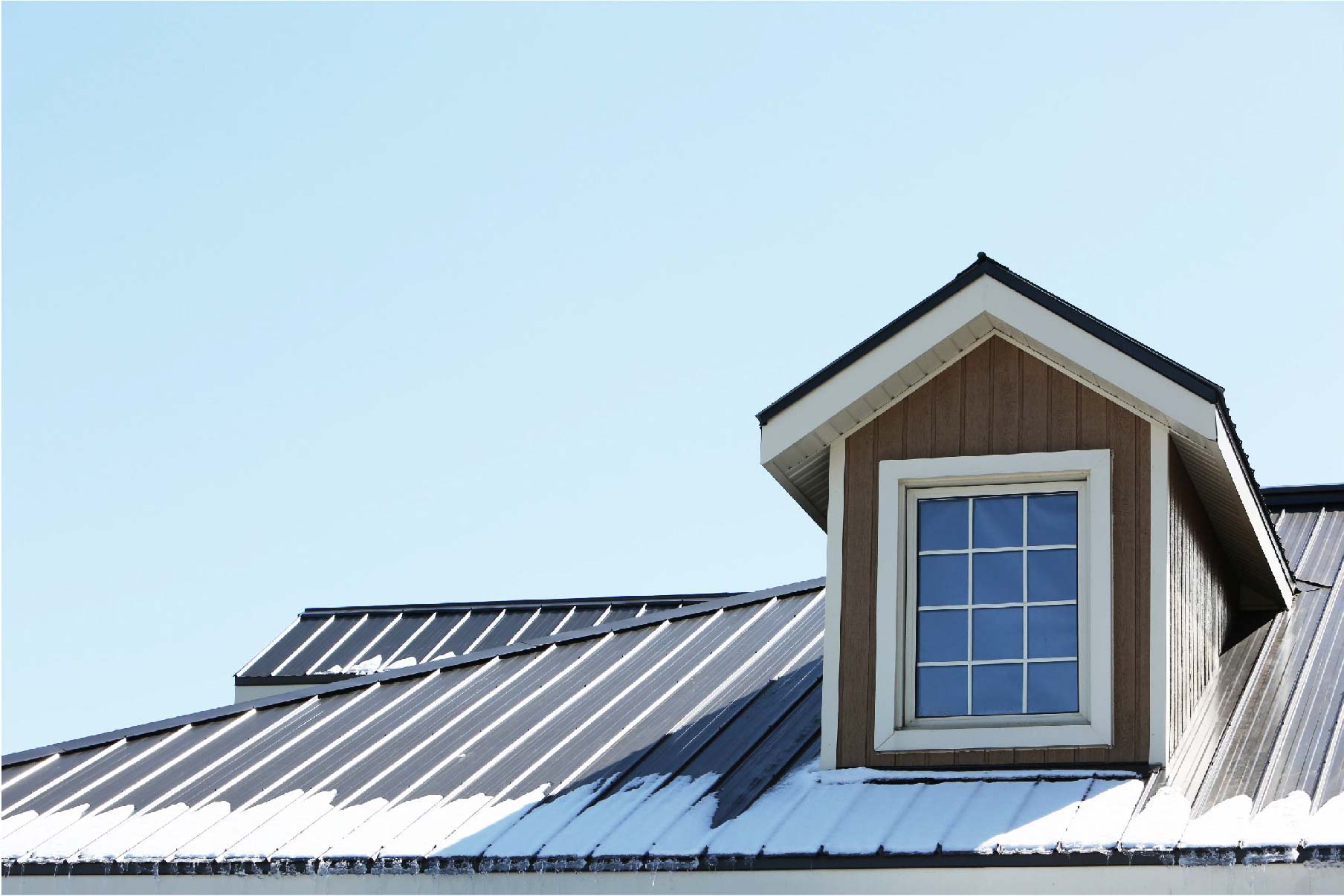
How to Protect Your Home from Spring Flooding
There’s no question that we have experienced atypical winter weather this past year with raging snow storms, flash floods and massive landslides that have broken records in California. Communities in North Dakota have experienced severe winter weather, damage and hardships. Florida and Alaska have coped with record high temperatures. These are just a few of the challenges many communities have been faced with during this past winter that is still not over.
Spring will soon be here with its longer days of warm and sunny weather. The delicate cherry blossoms, flowering dogwoods, budding trees and colorful flowers will be a welcome relief to so many communities that have coped with the severe hardships and stress that this past winter weather delivered.
That being said, countless people across the entire country are still bracing for the impending Spring floods, and the possibility of severe storms. Potential flooding should be taken very seriously regardless of your geographic location. Even in regions such as Arizona and New Mexico, snowmelt can cause excessive flooding that may also affect adjacent basins. Additionally, virtually every state in the union experiences flooding problems. Although it may be hard to believe, even a few inches of rain combined with large amounts of runoffs, or rapidly melting snow and ice can result in widespread flood damage and personal injuries.
What Causes Spring Floods?
There are many contributing factors to Spring flooding that include climate change, population growth, hurricanes, convective thunderstorms, cyclones and tropical storms. Additionally, another problem is that frozen land simply does not allow the water to seep into the ground. As a result, water will take the line of least resistance and attempt to flow into rivers, ponds, lakes, inlets, and streams. To take things a step further under these conditions, flooding complications very frequently occur due to Spring storms where water spills over the banks of lakes, streams and rivers due to resistant frozen land.
The Importance of Advanced Flood Planning Protection
We highly recommend that you create a detailed plan to help protect the areas in and around your home, garage, and any other personal property from Spring flood damage. Prevention and preparedness is a necessity.
The first order of business is to purchase a comprehensive home insurance protection policy that will cover flood damage. In the event you have an existing homeowners insurance policy, it’s a good idea to a review of your present coverage compared to policies that are currently available. Make this a priority since there may be additional coverage that should be added if you recently had an extension built, or made other changes to the property. It’s up to you to do your due diligence in order to determine whether your existing policy still meets your budget and your needs.
Why Flood Insurance May Be Useful
Everyone is at risk for flooding which makes it even more important to learn as much as possible about your community and any surrounding areas prone to flooding that you may not have considered. According to a NOAA analysis from the National Centers for Environmental Information, 2016 broke all records for the second hardest-hit year in modern history with many injuries, tragic deaths and Spring flood damages that totaled $1 billion dollars.
Dams, Levees, and Flash Flooding in America
There are thousands of miles of levees and dams all across the United States The designs for these dams and levees are carefully created to protect communities from critical flooding.
Dams and levees project an image of strength and power, but like so many other structures, dams and levees will age and weaken. There is also the possibility that dams and levees may even erode over a long period of time. To complicate things even further, these structures can also be overloaded. Unfortunately, there have been dangerous situations where they fail completely as a result of extensive flooding. The bottom line is that dams and levees are no different than other structures we depend on such as bridges and tunnels since they all have a life span.
Other challenges include numerous low-lying areas that can also be prone to flash floods even in drought-like locations. Many communities exist in vulnerable geographic locations such as along coast lines and river floodplains.The best description of flash floods is a rapid flooding of these areas that takes place in under six hours. Flash floods are due to torrential rainfall from a thunderstorm, or from several thunderstorms.
Now Is The Time For Action
Do your research and review all of the facts. At that point, you can probably begin to determine the risks that might be involved. With this type of detailed data, you can protect your family, yourself, your home, condo, co-op, or mobile home, and your finances. By the way, you don’t have to live in an expensive area to sustain extensive and expensive flood damage.
As a point of information, if you have a homeowners insurance policy, It’s important to understand exactly what the current policy covers, along with any areas that are excluded. If a portion of your home is used for business, do you have adequate insurance protection?
Bear in mind that the majority of standard homeowners policies do not cover flood damage. The other issue is that a new flood insurance policy can easily take 30 days to become effective. Flood insurance is also very affordable and well worth the time, investment, and protection that it provides.
Second Order of Business
Develop a complete home inventory of assets. The same applies if business is conducted from home. Include wills, trusts, passports, art work, antiques, computers, devices, and valuables, Consider backing up computer files to the cloud. You may want to consider moving important documents, files, and jewelry to a bank vault



